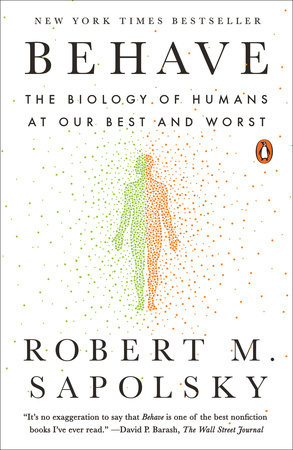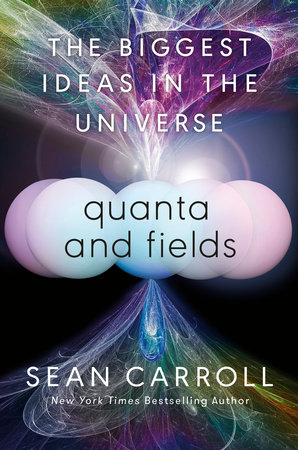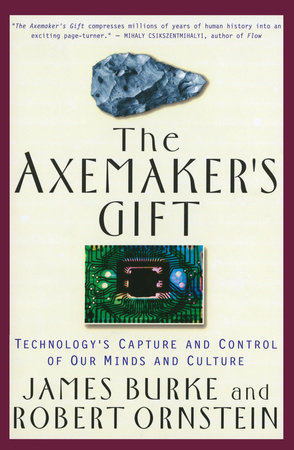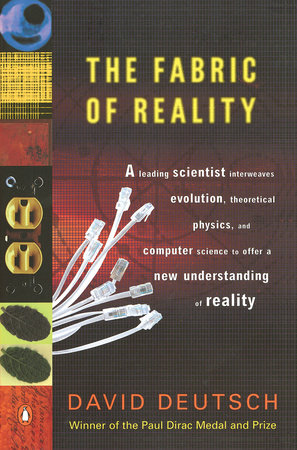

The Age of Spiritual Machines

-
$21.00
Published on Jan 01, 2000 | 400 Pages



Published on Jan 01, 2000 | 400 Pages
Author
Ray Kurzweil
Ray Kurzweil is a world class inventor, thinker, and futurist, with a thirty-five-year track record of accurate predictions. He has been a leading developer in artificial intelligence for more than six decades—longer than any other living person. He was the principal inventor of the first CCD flat-bed scanner, omni-font optical character recognition, print-to-speech reading machine for the blind, text-to-speech synthesizer, music synthesizer capable of recreating the grand piano and other orchestral instruments, and commercially marketed large-vocabulary speech recognition software. Ray received a GRAMMY® Award for outstanding achievement in music technology. He is the recipient of the National Medal of Technology and was inducted into the National Inventors Hall of Fame. He has written five books including The Singularity Is Near and How to Create A Mind, both New York Times bestsellers, and Danielle: Chronicles of a Superheroine, winner of multiple young adult fiction awards. He is a Principal Researcher and AI Visionary at Google.
Learn More about Ray Kurzweil







